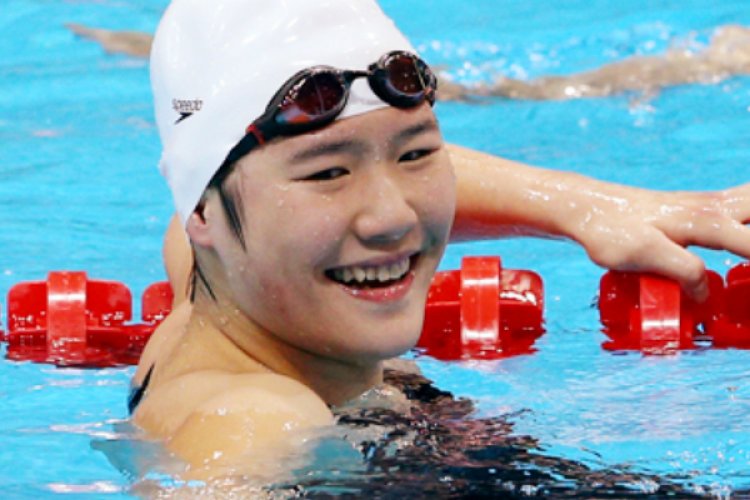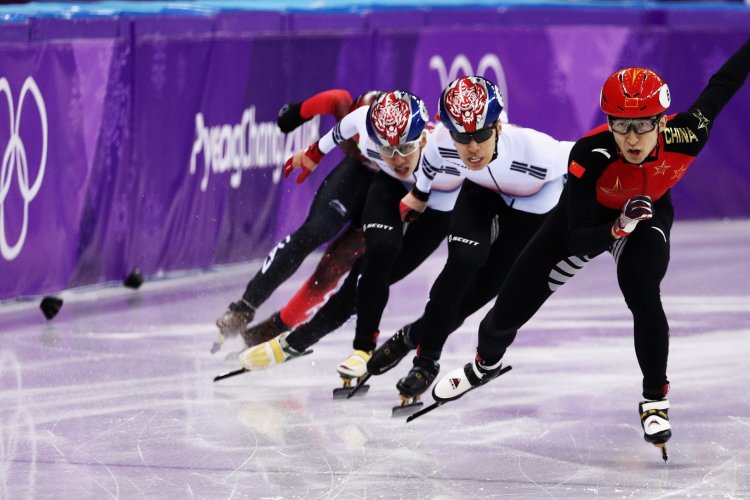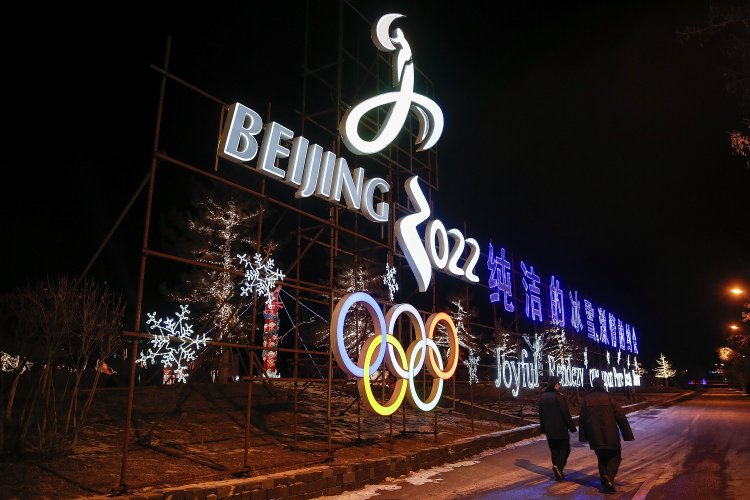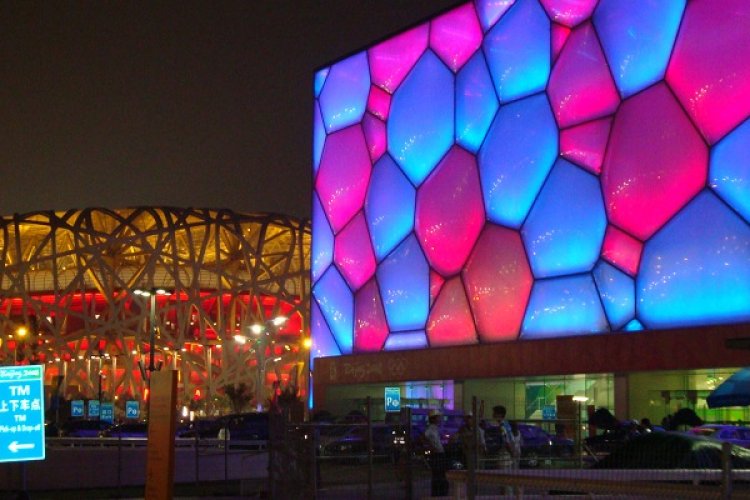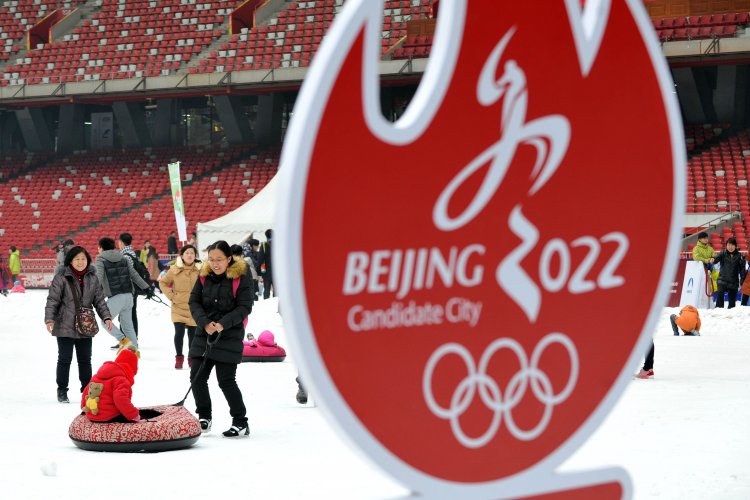One Year Later: The fate of the Olympic venues
In its ecstatic pre-Olympic frenzy, China dropped more than USD 40 billion to remake Beijing, constructing 15 venues and renovating (or redecorating) 14 others. Faster than you can say “280 billion renminbi,” many of those structures came tumbling down (baseball diamonds at Wukesong), went reverting back (the triathlon venue at Ming Tomb Reservoir), were remodeled (Olympic Sports Center Stadium) or re-imagined (Water Cube). Here are the venues that are still open to the public.
For those who want to relive Olympic memories or just visualize how it all went down, these monumental structures hold a special ability to awe, surprise or excite. That, after all, is the least that USD 40,000,000,000 can buy.
NATIONAL STADIUM (BIRD’S NEST)
Modernity wants to proclaim itself, and what better showpiece for a city full of ancient marvels than this postmodern mass of twisting girders and steel thatching. Having spent a half-billion USD on the 42,000-ton National Stadium (believed to be the largest steel structure in the world), the government intends to keep it in use. On August 8, the Bird’s Nest will host the Italian Super Cup between Inter Milan and Lazio, and on October 6 & 7, Zhang Yimou will present his much-anticipated imagining of Puccini’s Turandot. You can also buy a ticket anytime to sit inside and recall the sound of 91,000 spectators cheering Usain Bolt, the fastest man in the world, or weeping for Liu Xiang.
Daily 9am-6pm. RMB 50 (general entry); prices for shows and events vary.
NATIONAL AQUATICS CENTER (WATER CUBE)
World-class swimmers called the water “fast” and the lanes “smooth as honey,” but the National Aquatics Center isn’t just for swimming. For those who’ve only glimpsed the outside of the Water Cube’s Teflon-like plastic, it’s easy to underestimate how big it actually is – and how much entertainment it can pack in. Since Michael Phelps won an Olympic-record eight gold medals here last summer, the Cube’s been partitioned into a family-friendly fun center, complete with a Water World, spa, restaurant and shopping area. Until August 23, there will also be nightly performances of Swan Lake, advertised as taking place in “the largest indoor lake in the world.”
Swimming: Daily 9am-5pm. RMB 50 (two hours). Shows nightly at 7.30pm. RMB 200-600.
OLYMPIC GREEN
If you go on a weekend, it just might seem as if the Olympics never ended. Visitors of all nationalities still make pilgrimages to this sprawling concrete plaza, the de facto heart of the Beijing Olympics. To either side of the main promenade – which runs along the same north-south axis as Tiananmen – are the Bird’s Nest, Water Cube, National Indoor Stadium and National Convention Center, along with eye-catching sculptures and snack stalls still dressed in Coca-Cola regalia. A little farther away are the field hockey and archery fields (now practice facilities).
OLYMPIC FOREST PARK
At the northern tip of the Olympic Green promenade, this large 680-hectare (2.6 square miles) park remains more or less as it was last summer, with purple and pink flowers lining the walkway at the South Gate and a central pond (Aohai, or "Olympic Sea") where visitors can rent boats starting at RMB 70/hour. Forest Park is actually divided by the Fifth Ring Road into two sections – the north section still isn’t accessible, but visitors will find the walk around South Forest Park more than enough. The park can double as an emergency shelter during natural disasters or terrorist attacks, able to house up to 100,000 people.
Daily 9am-9pm. Free.
OLYMPIC GREEN TENNIS CENTER
Due to construction of indoor tennis facilities next door, the Olympic Tennis Center has been temporarily sealed off to the public. Before construction began on April 8, many of the courts were available for public rental; they may be again after the indoor tennis courts are completed on October 8. The Olympic Tennis Center will host the WTA China Open from October 3-11.
RMB 200/hr.
OLYMPIC SPORTS CENTER STADIUM AND SPORTS CENTER GYMNASIUM
The Sports Center Stadium retained its dual original purpose of soccer and track-and-field even as it underwent renovations to host modern pentathlon events during the Olympics. The stadium is now primarily a training site for China’s national teams, with an occasional competition thrown in. The Sports Center Gymnasium, built in the same year as the stadium (1990) and renovated to host handball during the Olympics, is now a multipurpose facility for athletic events and theatrical performances. Last month, the gym was the site of the mixed martial arts tournament, Art of War 13.
CHAOYANG PARK BEACH VOLLEYBALL GROUND
They imported 17,000 tons of sand from tropical Hainan to build the beach volleyball ground. Luckily for Beijing residents, they’re not shipping it back. Already somewhat like a fairground, with carnival games, water fountains and amusement park rides, Chaoyang Park will get an added attraction when the volleyball ground is converted into a beachside bathhouse. The swimming pool opened on July 15.
Daily 6am-9pm (park hours). RMB 5.
OLYMPIC SHOOTING RANGE
The range has been preserved to host shooting and archery competitions; it doubles as a training facility for athletes and law enforcement officers. It shares the same courtyard as a large hotel, a gym and several other fitness centers open to the public. Located out near West Fifth Ring Road (just seven stops from Fragrant Hills via Bus 318), the facilities for basketball, badminton, swimming, ping-pong, tennis and shooting are accessible for reasonable prices.
Daily 8am-10pm. Basketball: RMB 400 half court, RMB 800 full court (90 minutes); Tennis: RMB 200/hr; Swimming: RMB 20/hr; Ping-pong: RMB 10/hr; Gym: RMB 20/hr; Shooting: RMB 8-10 per gun (10 bullets); Badminton: RMB 50 (indoors), RMB 40 (outdoors)
WUKESONG SPORTS CENTER BASEBALL FIELD
Where once stood manicured lawns and the idyllic symmetry of baseball diamonds now lie dirt mounds and steel beams, hemmed in by the same kind of blue fence used during the Olympics to obscure the grittier parts of the city. Construction of a sprawling shopping mall is in its infant stages, with workers currently building an underpass that will connect to the Wukesong subway station.
LAOSHAN VELODROME AND BMX VENUE
It still hosts the occasional cycling competition, like June’s Qiansen Cup National Track Cycling Competition, but the “cathedral for cycling,” as Australian head coach Martin Barras called the Laoshan Velodrome, is now mostly used by the Chinese Fencing Association for training and events. The velodrome lies within a small courtyard called the Cycling and Fencing Sports Administrative Center, which you can enter if you ask the guards nicely, though there’s not much to see: just a recreational center (not for general admission), a Ball Games Hall and, among other buildings, a Classroom for Traffic Study. The BMX course situated nearby was a temporary venue that is no more.
OLYMPIC BASKETBALL GYMNASTIUM – WUKESONG INDOOR STADIUM
Jointly operated by the National Basketball Association and AEG, which also operates the Staples Center in Los Angeles, this may be the Olympic facility best positioned for the long-term. Wukesong has already hosted a major concert (Avril Lavigne in October) and preseason NBA game; AEG’s general manager of the stadium, Alan Graham, has been quoted as calling Wukesong “arguably the best stadium in Asia.” The NBA will be returning to town on October 11, when the Denver Nuggets take on the Indiana Pacers in a pre-season game.
LAOSHAN MOUNTAIN BIKE COURSE
Almost nothing remains of the former Olympic mountain bike course except a stripped-down gate and the occasional signpost (“Olympic Mountain Bike Track”), but an easy 10-minute hike takes you to Lookout Tower. On a clear day, it offers a rather splendid vista of the city, and the best view of the spaceship-like Velodrome. A wide street and parking lot currently used for driving lessons separates the mountain from the velodrome.

